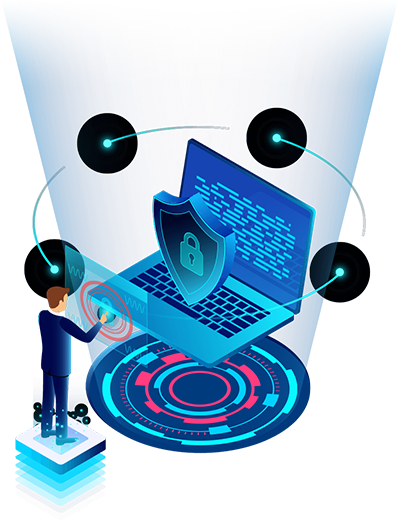Services & Solutions
Expert guide on Cybersecurity
Services We Offer
- Managed Detection & Response (MDR)
- Security Information & Event Management (SIEM)
- User and Entity Behavioral Analytics (UEBA)
- Endpoint Detection & Response (EDR)
- Network Detection & Response (NDR)
- Security Automation, Orchestration & Response (SOAR)
- Security & Compliance Consulting & Product Sourcing
Security Automation, Orchestration & Response (SOAR)
Security Orchestration, Automation, and Response (SOAR) is a type of security solution that helps organizations automate and streamline their security operations processes. SOAR combines security orchestration, which involves the integration and coordination of different security tools and systems, with automation, which allows organizations to create automated workflows and responses to security events. SOAR systems also include incident response capabilities, which allow organizations to quickly and effectively respond to security incidents.
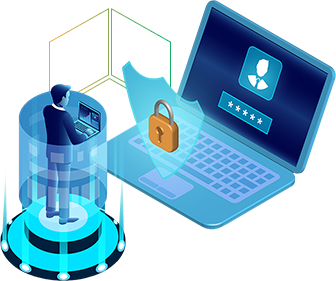
Security Orchestration, Automation, and Response (SOAR) is a type of security solution that helps organizations automate and streamline their security operations processes. SOAR combines security orchestration, which involves the integration and coordination of different security tools and systems, with automation, which allows organizations to create automated workflows and responses to security events. SOAR systems also include incident response capabilities, which allow organizations to quickly and effectively respond to security incidents.
SOAR systems can be integrated with a wide range of security tools and systems, including SIEM (Security Information and Event Management) solutions, firewalls, intrusion detection systems, and vulnerability management solutions. This allows organizations to use a single platform to manage and coordinate their security operations, improving efficiency and reducing the risk of errors. SOAR solutions can also provide detailed logs and reports, which can be used for forensic analysis and compliance purposes.
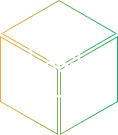
Integration with other security solutions: NDR can be integrated with other security solutions, such as firewalls, intrusion prevention systems, and threat intelligence feeds, to provide a comprehensive view of an organization's security posture.

Customization: NDR can be customized to fit the specific needs and requirements of an organization, including the ability to define custom rules & alert thresholds. This helps ensure that the solution aligns with an organization's existing policies and procedures.
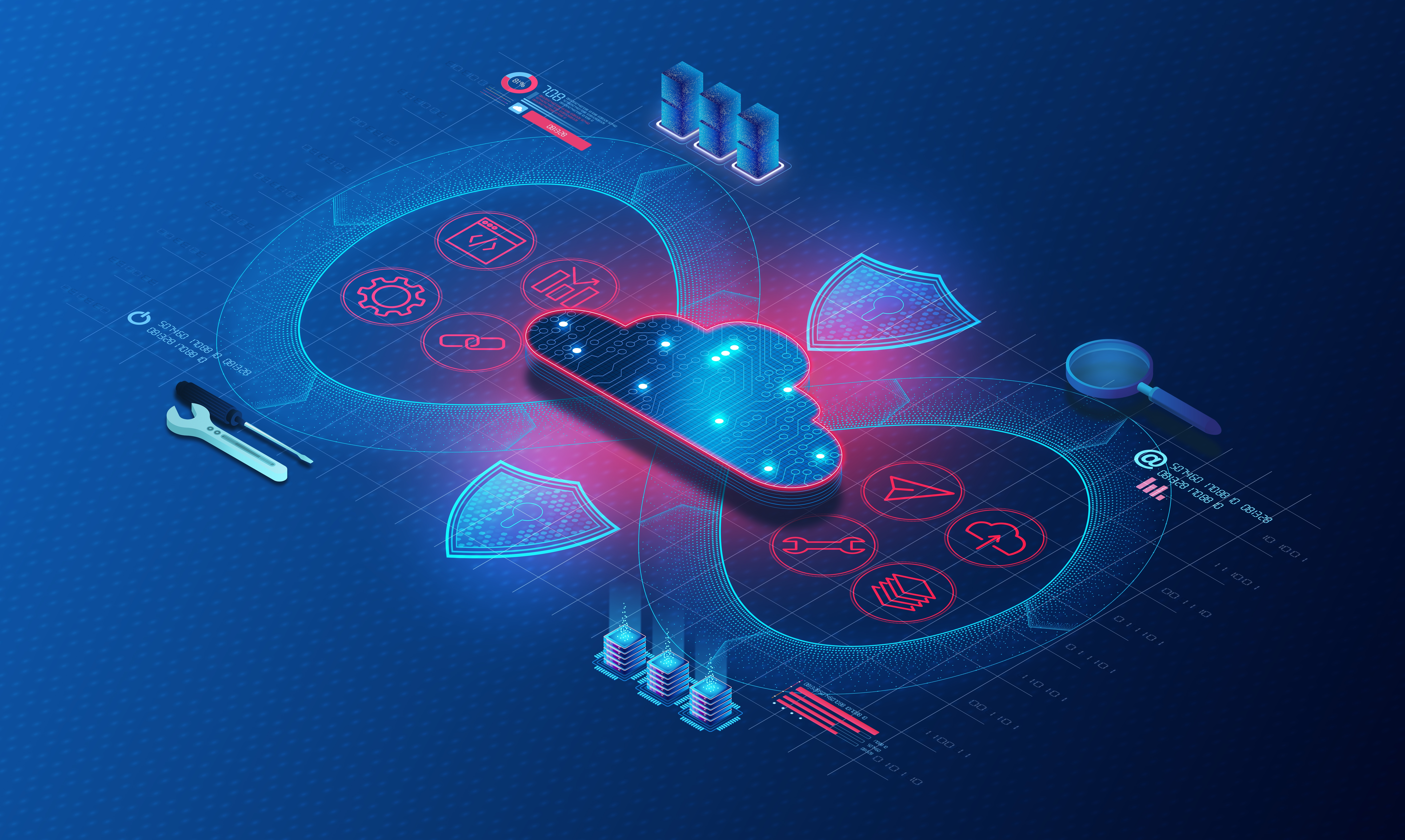
What is SOAR as a Service?
SOAR (Security Orchestration, Automation, and Response) as a Service is a cloud-based offering that provides organizations with access to a SOAR solution through a subscription model. With SOAR as a Service, organizations can leverage the benefits of a SOAR platform without the need to invest in and maintain their own on-premises infrastructure.
SOAR as a Service typically includes all of the features and functionality of a traditional SOAR solution, including security orchestration, automation, and incident response capabilities. It can be accessed via a web-based interface or API, and can be integrated with a wide range of security tools and systems. SOAR as a Service is often provided on a pay-as-you-go or usage-based pricing model, which allows organizations to scale their usage of the platform as needed.
One of the key benefits of SOAR as a Service is that it allows organizations to get up and running with a SOAR solution quickly and easily, without the need for significant upfront investment or IT resources. It can also help organizations reduce the burden of maintaining and updating the platform, as these tasks are typically handled by the service provider.
Why is SOC Automation and Automated Remediation Key to the Success of a Next Generation Security Operation Center?
A SOC is a centralized team that is responsible for monitoring, detecting, and responding to security threats and incidents within an organization. By implementing automation and automated response, a SOC can improve its efficiency, effectiveness, and overall cybersecurity posture.
One of the primary benefits of automation is the ability to perform tasks quickly and accurately. With automation, SOC analysts can automate routine tasks, such as scanning logs and analyzing network traffic, freeing up time to focus on more complex tasks and incident response. Automation also helps to reduce the risk of human error, as it eliminates the need for manual processes and reduces the reliance on individual employees.
Automated response refers to the use of automated systems and processes to respond to security threats and incidents. This can include things like blocking malicious traffic, quarantining infected systems, and alerting the appropriate personnel. Automated response can significantly improve the speed and effectiveness of incident response, as it allows the SOC to take immediate action without the need for manual intervention.
In addition to improving efficiency and incident response capabilities, automation and automated response can also help to reduce the overall cost of security operations. By automating tasks and processes, organizations can reduce the need for additional staffing and training, resulting in cost savings.
Overall, automation and automated response are essential components of a next-generation SOC. By implementing these technologies, organizations can improve their cybersecurity posture, increase efficiency, and reduce costs.
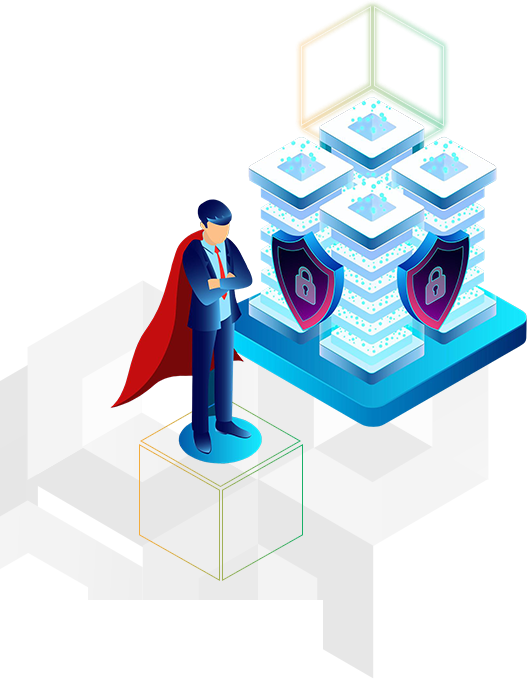
The Security Space Often Groups SIEM with SOAR
Which is Not Correct. So, What are the Differences Between SIEM and SOAR?
Security Information and Event Management (SIEM) and Security Orchestration, Automation, and Response (SOAR) are two important technologies that are used to improve an organization’s cybersecurity posture. While these technologies share some similarities, they are designed to perform different functions and have their own unique features.
SIEM is a security platform that aggregates, analyzes, and correlates data from various sources (such as logs, network traffic, and security alerts) to identify potential security threats and vulnerabilities. Some key features of SIEM include:
- Real-time monitoring and analysis: SIEM systems are designed to continuously monitor and analyze data from multiple sources in real-time, providing a comprehensive view of the organization's security posture. This can include things like detecting unusual network traffic patterns, identifying malicious activity, and alerting the appropriate personnel.
- Threat intelligence: SIEM systems can incorporate threat intelligence from external sources (such as threat feeds and open-source intelligence) to improve their ability to detect and respond to threats. This can include information about new vulnerabilities, malware variants, and other types of threats that may not be detectable through traditional means.
- Compliance: SIEM systems can help organizations to meet various cybersecurity standards and regulations (such as PCI DSS and HIPAA) by providing the necessary controls and reporting capabilities. This can include things like generating compliance reports, monitoring for compliance violations, and alerting the appropriate personnel if a violation is detected.
- Correlation and analysis: One of the key capabilities of SIEM systems is the ability to correlate and analyze data from multiple sources to identify patterns and trends that may indicate a security threat. This can include things like identifying a series of failed login attempts from the same IP address, or detecting the use of a known malware strain on multiple systems.
SOAR, on the other hand, is a technology that automates and coordinates the response to security threats and incidents. Some key features of SOAR include:
- Automated response: SOAR systems use automated processes and rules to respond to security incidents, allowing organizations to take immediate action without the need for manual intervention. This can include things like blocking malicious traffic, quarantining infected systems, and alerting the appropriate personnel.
- Workflow management: SOAR systems can automate and coordinate the workflow of incident response activities, helping to ensure that the appropriate actions are taken in a timely manner. This can include things like assigning tasks to the appropriate personnel, tracking the progress of response activities, and escalating incidents if necessary.
- Integration: SOAR systems can integrate with a wide range of security tools and technologies (such as SIEM, threat intelligence feeds, and ticketing systems) to improve the efficiency and effectiveness of incident response. This can allow the SOAR system to automatically gather additional information about an incident, or to trigger the execution of a specific response action based on the severity of the incident.
- Playbooks: SOAR systems often include pre-defined playbooks that outline the steps to be taken in response to specific types of incidents, such as malware outbreaks or phishing attacks. These playbooks can help to ensure that the appropriate response actions are taken in a consistent and predictable manner.

In summary, SIEM and SOAR are two important technologies that can improve an organization’s cybersecurity posture. SIEM is a security platform that aggregates and analyzes data to identify potential threats, while SOAR is a technology that automates and coordinates the response to security incidents. While these technologies share some similarities, they have their own unique features and are designed to perform different functions. By implementing both SIEM and SOAR, organizations can improve their overall cybersecurity posture and better protect their assets, data, and reputation.
Why 360 SOC?
At 360 SOC, we understand that no two organizations have the same security needs and requirements. That’s why we offer both Managed Detection and Response (MDR) and Security Operations Center as a Service (SOC as a Service), tailored to meet your unique security requirements. Our team of experts will work with you to understand your organization’s specific security needs and goals, and design a customized solution that delivers the protection and support you need to stay safe from cyber threats. With 360 SOC, you can feel confident that your organization’s networks and systems are in good hands, and that you have the tools and resources you need to effectively detect and respond to any security incidents.
